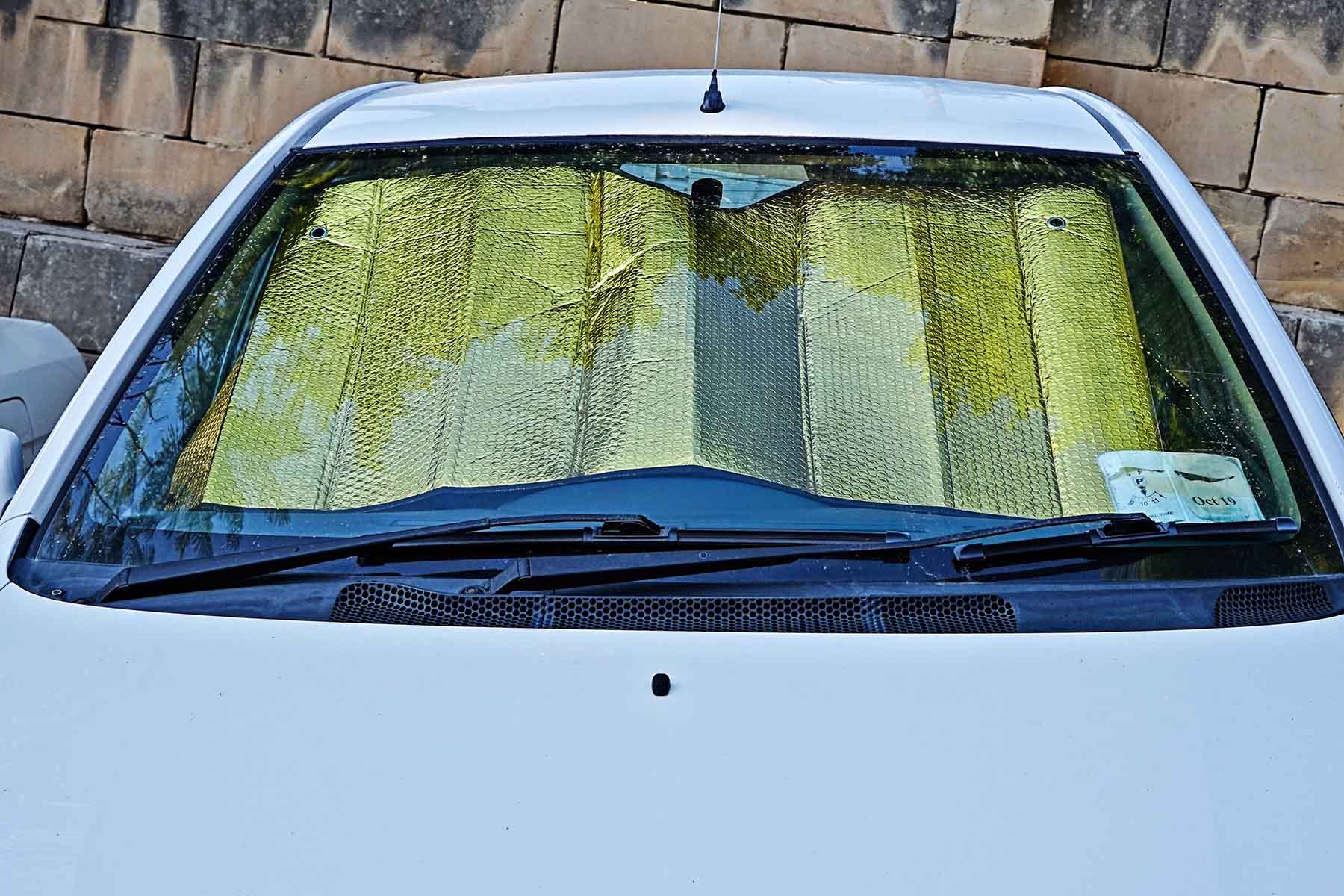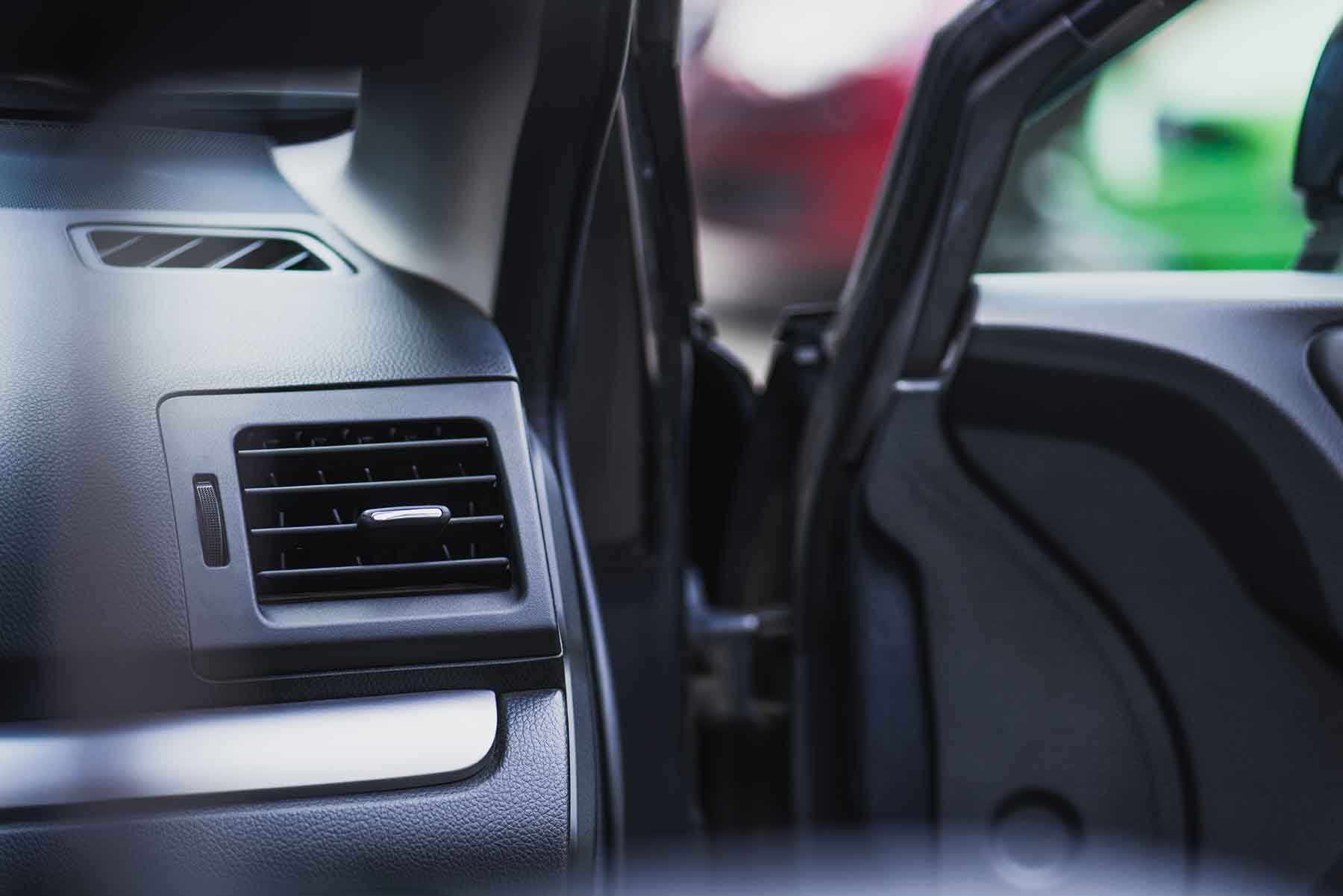Expert Tips for Keeping Your Car Cool During the Summer Months
Share
Take a moment to consider how hot your car must be the next moment you step outside on a blazing summer day and note how intense it is. Although automobiles are designed to function even on hot summer days, excessive heat stresses various automotive elements. All these may lead to unintended scenarios like sweaty bottoms, burning your hands with the steering wheel, oh and let’s not forget the dangerous UV radiation.
Effective Tips to Keep Your Car Cool in the Summer Heat for Peak Performance
Nothing is worse than settling into a sweltering car on a scorching summer day. There are some ways to make your automobile more comfortable if you need to go quickly in the summer and don't have time to run the air con for a while before you leave. It also aids us in being aware of the best ways to stay cool while so many of us are stuck in vehicles to commute to work, visit friends or travel to the airport. Especially if your air conditioning is inadequate or nonexistent, here are some methods for cooling your car.

Protect Your Vehicle from Heat: Park in Shade for Cooler Summer Drives
Both you and your car may sense the difference in temperature between the sun and the shade. In addition to keeping you cool, parking in the shade can increase the lifespan of your vehicle. It is also suitable for your paint job. Shaded areas protect your paint and help it last longer.
Window Tinting
When we are sleepy or in need of some extra energy, good old sunlight helps us wake up in the morning. Good old sunlight, though, can also damage your car's interior. The heat and UV from the sun can harm the interior of your vehicle when it comes in via the windows. This includes cracked dashboard material and deteriorating upholstery—tinted windows aid in blocking these damaging rays so they can't cause any harm.
UV and infrared radiation are both blocked by car window tint. Both are to blame for the extra heat in your car during the summer. Car tint keeps your car cooler by blocking these rays. A nearby dealership or auto body shop can apply window tinting or film to help keep your car cooler and offer UV protection against sun damage.

Utilize Automobile Window Coverings
You can't always be sure that you'll locate a shady or covered spot to park in, so keeping window shades in the car is helpful. These UV heat shields will prevent the inside from becoming excessively heated while also shielding it from the sun's harmful rays. You might even think about having window coverings created to order for the exact make and model of your car. These sunshades may be more successful at blocking all radiation.
Keep the Automobile Windows Slightly Open
Closed windows trap hot air, and the glass acts as a conductor to heat the enclosed area. In order to let some air out, leave your windows slightly ajar. If your vehicle has a sunroof, you should also crack it. Ensure that there is no gap that a person could reach through. Keep an eye on the weather if you leave your windows open; a sudden summer storm could result in a moist interior. Also, when you start the car, leave the windows open for a few minutes to allow all the hot air to go. Continue doing this until the air from the vents seems colder than the temperature outside. Unfortunately, most commuters sit in traffic, which hinders air movement. To overcome this issue, we highly recommend installing the Pedal Commander® aftermarket part to turn your vehicle into a flying car!

Activate the Floor Vents Instead
When getting into their cars, most people switch the vents on the dashboard to "high" to start the air conditioning. However, it is actually preferable to send the air through the floor vents. To ensure that all of the air entering the car is directed upward, close the top vents on the dashboard and the ones at the bottom of the windscreen. Switch to the bottom vents and turn your blower all the way up to get rid of that air. Temperature rises, so it makes sense to blow the air conditioner's colder air into the footwells of the car, pushing the hot air already there up and out the open windows. You can then reopen the upper vents once the car has finished cooling down.
Wrap a Covering Piece of Cloth Around the Seats and the Steering Wheel
Those leather steering wheels are sweet but oh boy do they get hot when you first enter your car. Using a piece of clothing may help absorb the heat to quickly remove it and access your wheels as fast as possible whenever needed. This may be life saving in situations where you don’t have any window covers nearby to block the sunlight.
Discover the World of Remote Starters
Anyone who has a remote engine start (RES) feature on their car will tell you how wonderful it is to have, especially in extremely hot or icy conditions. A car owner can start their vehicle from inside their house, office, or almost anyplace else, allowing it to automatically warm up. This function is the king of all convenience features. As a result, you won't need to use the air conditioner as much during your trip and may instead benefit from the circulation of fresh air. Additionally, RES eliminates the need to wait for the engine to warm up in cold weather so that the owner of the car can start driving right away. This allows drivers to relax into their warm cars in wintry conditions without having to endure the discomfort of sitting in icy temperatures. The ignition system in the automobile receives a signal to start the vehicle when the driver pushes the button on the remote start key fob. This signal starts the engine and activates any heating, cooling, or other features that the driver may have pre-activated. A smartphone app, on the other hand, takes things a step further by giving the owner remote real-time control over some car features, like the climate.
Keep an Eye on Your Coolant
This is particularly crucial during the summer. Open your hood and look for the coolant bottle to check the coolant level. On the reservoir, indication lines on the coolant level are displayed. Simply add the necessary amount of coolant if it is too low, then reconnect the cap. A 50/50 mixture of water and engine coolant is frequently sold as coolant. Additionally, you can buy concentrated coolant and mix it on your own. Important: Before removing the lid, make sure the engine has cooled down. Never open the lid when the engine is hot to avoid pressurized water causing burns.
What Actually Occurs When a Vehicle Overheats
As you’re trying to prevent sweat and odor ruining your day by cooling yourself and the interior of your car, don’t forget to show the same courtesy for your car. When a car is overheating, it might emit a variety of distinct signs. Most obviously, you might observe steam coming from the hood of your car. Another indication that your automobile may be overheating is an odd burning or sweet smell emanating from the engine. Your dashboard's engine temperature gauge may also surge into the red or to "H." The symbols used for engine temperature gauges might differ from vehicle to vehicle. Keep yourself and your vehicle safe!



